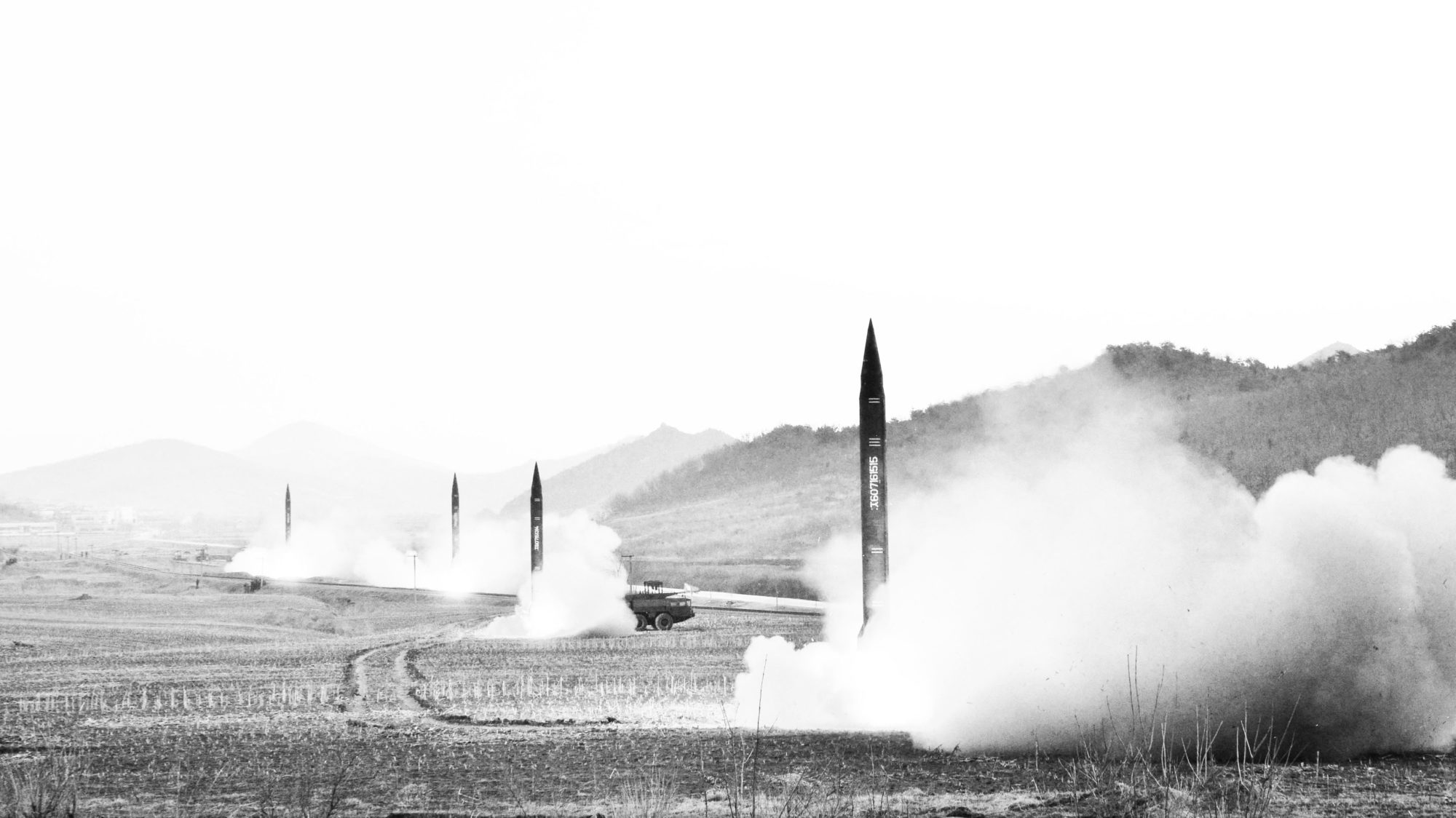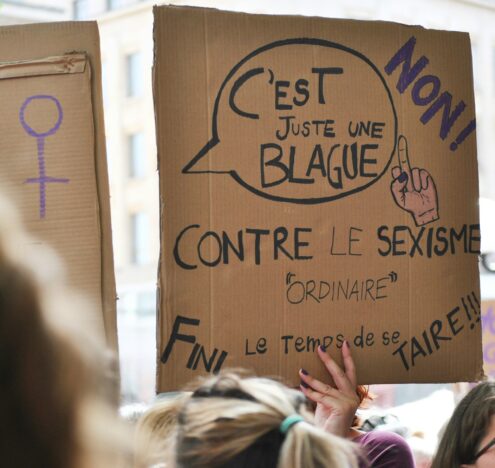An unfriendly regime is on the cusp of developing a nuclear weapon when — through a major feat of diplomacy — the US and its allies reach an agreement with the country and it freezes its nuclear program. Then the US elects a new president, a Republican who imperils the deal.
Sounds like Iran, right?
Sure, but that description also fit North Korea about twenty years ago. And we know how that story turned out: it got scary fast.
Today, Trump is selling the same story with a different cast.
In 1994, North Korea had a suspect nuclear program and enough plutonium for a couple of weapons. Pyongyang announced it would leave the Nonproliferation Treaty, and stopped pretending it would play by the rules.
In response, the US considered an attack, and only a Hail Mary trip to North Korea by former president Carter got the parties the negotiating table.
Eventually, the US, its allies, and North Korea reached a deal, the Agreed Framework, which froze the regime’s nuclear program in return for heavy fuel oil and two light-water reactors placed under International Atomic Energy Agency inspections.
Progress toward implementation was slow, due in part to North Korea’s bad behavior and Congressional Republicans’ opposition.
Then the Bush administration came into power and showed more interest in the regime’s missile tests and maltreatment of its citizens than in strengthening the deal.
North Korea continued testing missiles, and news reached Washington about a secret uranium-enrichment program, which was “the hammer I had been looking for to shatter the Agreed Framework,” wrote John Bolton, Bush’s undersecretary of state for arms control and international security. Bush allowed the deal to shatter.
But when North Korea conducted its first nuclear-weapon test in 2006, the Bush administration backpedaled fast, trying hard to get a new agreement and making concessions that reportedly astonished Obama officials reviewing the records. It didn’t work.
Fast forward to 2017: North Korea is a nuclear-weapons state, and the Trump administration looks like it’s about to make the same mistake with Iran.
The two agreements are similar: it took arduous diplomatic work to reach the Iran Deal, which successfully froze the country’s nuclear program and requires IAEA inspections to ensure Iran doesn’t cheat. But the Iran Deal is not the Agreed Framework—the Iran Deal is stronger.
Iran needs the deal more than North Korea needed the framework—its economy relies on international trade. The Iran Deal also fixes mistakes in the Agreed Framework; its monitoring process is far more invasive.
Just as Bush seemed primarily focused on non-nuclear issues in his approach toward North Korea, Trump fixated on concerns unrelated to nuclear weapons in his speech denouncing the Iran Deal. Despite Iranian compliance, President Trump gave members of Congress 60 days to strengthen the agreement and threatened to terminate it if they don’t.
The result could be familiar: “If Congress reimposes sanctions, Iran will withdraw from the accord, restart its nuclear program, kick out the inspectors from the I.A.E.A. and refuse to discuss the Americans missing in Iran or held in Iranian prisons,” wrote Iran Deal negotiator Wendy Sherman.
That’s exactly what happened in North Korea.
Cora Henry is a research associate at the James Martin Center for Nonproliferation Studies in DC.





















